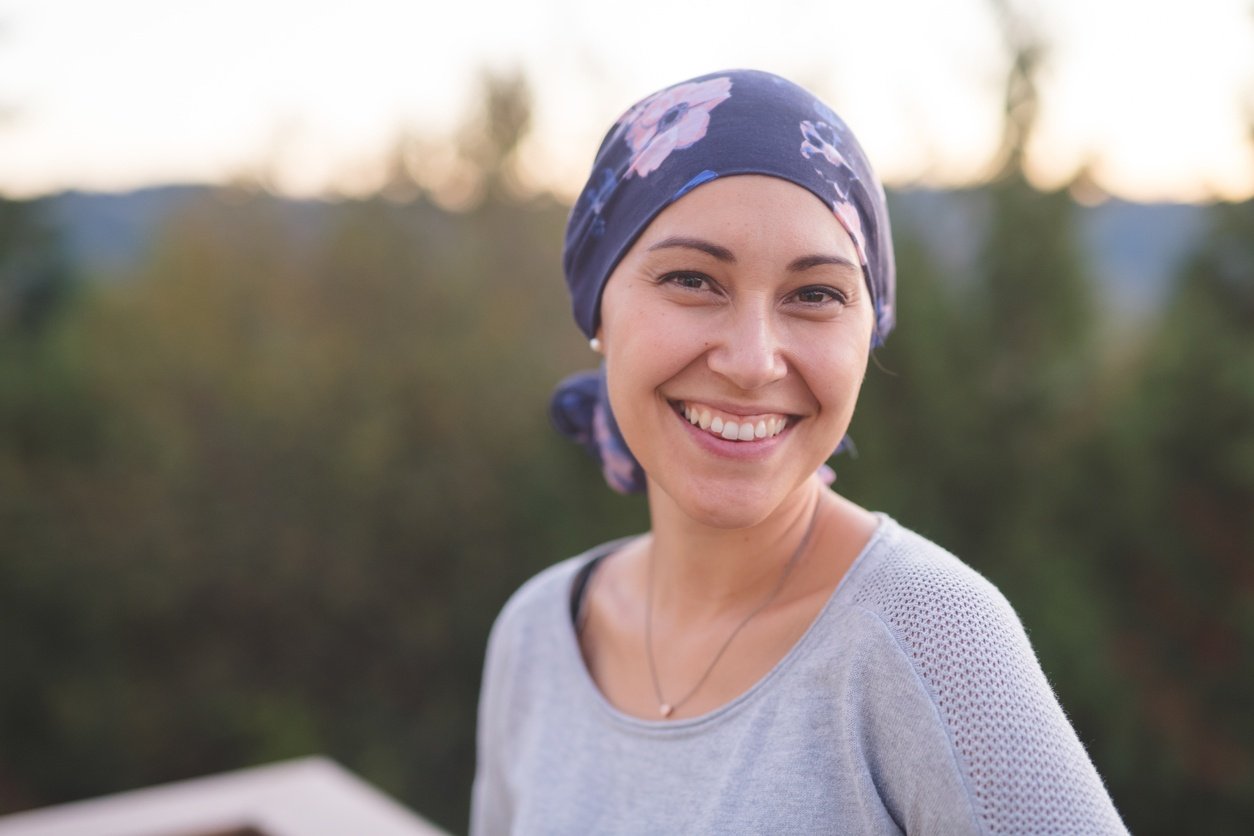FDA Leading the Charge to Recruit More Female Patients to Clinical Trials

FDA Commissioner Scott Gottlieb recently expressed the agency’s commitment to women’s health initiatives. Here’s what that means for sponsors and CROs looking to recruit women for clinical trials.
The healthcare industry is currently experiencing a lack of clinical trial data on female patients, primarily due to underrepresentation of women in studies.
“Years of neglect of these issues, and at times ignorance of them, have left us with disparities when it comes to the delivery of healthcare,” FDA Commissioner Scott Gottlieb explained.
The FDA is looking to address this disparity by expanding women’s roles in clinical trials and testing new products designed to treat conditions predominantly affecting women. In a recent debate hosted by the FDA’s Office of Women’s Health (OWH), Gottlieb discussed some of the agency’s new initiatives and the progress that is already being made in this area. But thanks to digital marketing, clinical trials don’t have to wait to redouble outreach efforts to female patients.
FDA Focuses on Women’s Health
Despite existing inequalities, the industry is beginning to see more women participating in clinical trials. OWH was created as part of the FDA in 1994, and since then has provided more than $40 million in research funding for 371 projects on issues related to women’s health and gender differences. According to Gottlieb, 52% of human study subjects in late-stage clinical trials in 2015 were women, which is a significant increase from 39% in 2000.
The FDA is being proactive about including more women in trials, as evidenced by the recently-launched Diverse Women in Clinical Trials Initiative. The Women’s Health Technologies Strategically Coordinated Registry Network was also established as part of FDA’s Medical Device Safety Action Plan, which was released in April. According to Gottlieb, this registry network focuses on providing “more complete evidence in clinical areas that are unique to women, such as uterine fibroids, pelvic floor disorders, and female long-acting, reversible contraception and sterilization.”
The FDA is also investing in predictive modeling to anticipate how pregnant women might respond to a drug without having to expose them to it during a clinical trial. Another program, a multi-site collaboration called Medication Exposure in Pregnancy Risk Evaluation Program, is doing research on the effects of medication by linking the health records of mothers and their babies.
In March, the FDA issued draft guidance on including pregnant women in clinical trials. The draft encourages trial sponsors to consider ethical challenges, scientific benefits, and potential fetal risks as they determine when and how to include pregnant women in their studies.
“We don’t want regulatory uncertainty or lack of regulatory capacity in these areas to be a barrier to innovation and investment,” Gottlieb said.
How Digital Marketing Can Help Trials Recruit Women
The current underrepresentation of women in clinical trials presents a recruitment opportunity for sponsors and CROs, especially now that the FDA has drawn attention to the issue. Data-driven digital advertising can help medical marketers reach more women and encourage them to participate in trials that impact them.
Studies show that women (73%) use social media at higher rates than men (65%). Facebook in particular is dominated by women. While 68% of the U.S. population uses this platform, 74% of its users are women and only 62% are men.
These results indicate that Facebook is an especially powerful avenue for reaching women. With Facebook advertising, marketers can set parameters around gender, sexuality, and other identifying features in order to target women for clinical trials. For example, to recruit women for a pancreatic cancer study, a trial could target female users within a certain region who are members of virtual cancer support groups.
PPC advertising is another useful tool clinical trials can use to recruit women. Marketers can write customized ad copy that speaks directly to the health issues that many women face. Once users click on the ad, they should be directed to a personalized landing page that also adheres to the same messaging.
Trials and regulatory bodies have several structural changes to make to remove obstacles for women in clinical studies. But that should only encourage trials to proactively reach out to those patients. By using search and social media to target women who are actively looking for treatment options, clinical trials are more likely to engage and ultimately enroll female patients.

 Back to Blog Home
Back to Blog Home